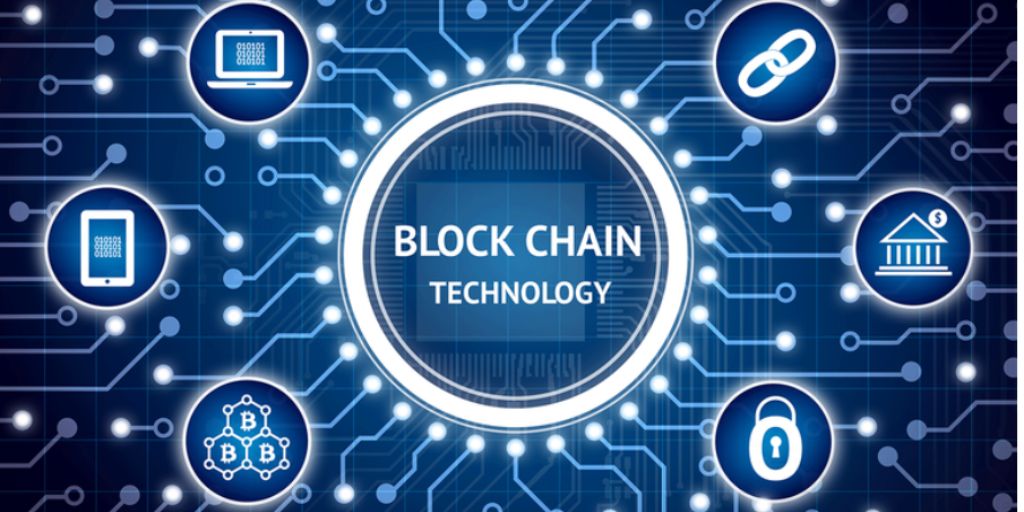Blockchain is one of the most talked-about technologies of the 21st century. From cryptocurrencies like Bitcoin to secure supply chains and digital identities, blockchain is transforming how we store, verify, and share information. But despite the buzz, many people still don’t understand what blockchain actually is or how it works.
In this beginner-friendly guide, we’ll break down blockchain technology in simple terms—what it is, how it functions, and why it matters.
What Is Blockchain?
At its core, blockchain is a type of database—but it’s very different from traditional databases. Instead of storing information in a central location, blockchain stores data across a decentralized network of computers.
The term “blockchain” comes from the structure of the system: data is stored in blocks, and these blocks are linked together in a chain. Once information is added to the chain, it’s very difficult to change—making blockchain incredibly secure and trustworthy.
Key Features of Blockchain
Here are some essential characteristics that make blockchain unique:
1. Decentralization
Unlike traditional databases controlled by one central authority, a blockchain is distributed across a network of computers (called nodes). This means no single person or company has complete control.
2. Immutability
Once data is added to the blockchain, it cannot be altered or deleted without the consensus of the entire network. This makes it very hard to tamper with.
3. Transparency
All transactions on a public blockchain are visible to everyone on the network. Anyone can view the blockchain’s history.
4. Security
Blockchain uses cryptographic techniques to protect data. Every block is linked to the one before it, making unauthorized changes almost impossible.
How Does Blockchain Work?
Let’s walk through a basic example of how blockchain records a transaction:
Step 1: A Transaction Is Requested
Imagine Alice wants to send money to Bob using cryptocurrency. She initiates the transaction.
Step 2: The Transaction Is Broadcast
The transaction details (sender, receiver, amount) are shared with a network of computers (nodes).
Step 3: The Transaction Is Verified
The nodes verify that Alice has enough funds and that the transaction is valid. This process often uses a method called consensus, where the majority of nodes must agree.
Step 4: A New Block Is Created
Once verified, the transaction is added to a new block. This block contains several transactions, a timestamp, and a reference to the previous block.
Step 5: The Block Is Added to the Chain
The new block is permanently linked to the existing blockchain. The network updates, and the transaction is complete.
Types of Blockchains
There are several different kinds of blockchains, depending on how open or restricted they are:
1. Public Blockchain
Anyone can join, view, and participate. Bitcoin and Ethereum are examples. These are fully decentralized.
2. Private Blockchain
Access is limited to specific users. These are typically used by businesses or governments that want control and privacy.
3. Consortium or Hybrid Blockchain
Controlled by a group of organizations. Offers some decentralization with more structure. Often used in supply chains or banking.
What Is a Smart Contract?
A smart contract is a self-executing program stored on a blockchain. It runs automatically when certain conditions are met.
For example, if Alice and Bob make a bet, a smart contract could automatically transfer money to the winner once a condition is verified—no third party needed.
Smart contracts are a core part of platforms like Ethereum and are used for apps like decentralized finance (DeFi), digital voting, and more.
Real-World Uses of Blockchain
Blockchain isn’t just about cryptocurrency. Here are some industries where it’s making a big impact:
1. Finance
Cryptocurrencies like Bitcoin and Ethereum use blockchain to operate without banks. Blockchain also speeds up cross-border payments and reduces fraud.
2. Supply Chain Management
Blockchain provides a transparent record of where goods come from. It can help track food, medicine, and manufactured items from source to shelf.
3. Healthcare
Blockchain can store medical records securely and allow patients and doctors to access accurate, updated data.
4. Voting
Blockchain-based voting systems could prevent election fraud by creating a transparent, tamper-proof record of every vote cast.
5. Digital Identity
People can use blockchain to prove who they are without giving away too much personal information—helpful for online security.

Benefits of Blockchain
-
Increased Security: Encrypted and decentralized, making hacking very difficult.
-
Lower Costs: Reduces need for intermediaries like banks or brokers.
-
Faster Transactions: Especially in international payments or business processes.
-
Transparency: Public blockchains allow full visibility of transactions.
-
Auditability: Easy to trace history and verify data authenticity.
Limitations and Challenges
Blockchain isn’t perfect, and it comes with a few issues:
-
Scalability: Public blockchains can be slow and struggle with high traffic.
-
Energy Use: Some systems (like Bitcoin’s) use a lot of electricity due to “proof of work” verification.
-
Complexity: Blockchain can be hard to understand and use for non-technical people.
-
Regulation: Governments are still figuring out how to regulate blockchain and crypto-related activities.
Is Blockchain the Same as Bitcoin?
Not exactly. Blockchain is the technology, and Bitcoin is one of its most well-known applications. Think of blockchain as the internet, and Bitcoin as a website that runs on it.
Other cryptocurrencies like Ethereum, Litecoin, and Cardano also run on their own blockchains, each with unique features and use cases.
Getting Started With Blockchain
Interested in exploring blockchain further? Here are a few ways to get started:
-
Try a crypto wallet: Apps like Coinbase or MetaMask let you experiment with sending and receiving crypto.
-
Use a blockchain explorer: Sites like Etherscan let you view real-time transactions on a blockchain.
-
Learn about smart contracts: Platforms like Ethereum let developers write decentralized apps (dApps).
-
Follow blockchain news: Stay up to date with how governments, companies, and developers are using blockchain.
Conclusion
Blockchain is more than a buzzword—it’s a revolutionary way to store and verify data. While it started with cryptocurrencies, its uses now extend to finance, healthcare, voting, and beyond.
By understanding the basics—blocks, decentralization, security, and smart contracts—you’ll be well on your way to grasping how this technology is shaping the digital future.
Whether you’re curious about crypto, looking to build a tech career, or just want to stay informed, blockchain is a powerful concept worth exploring.




